Lake Washington
Mill Company
Lake Washington
Mill Company
Lake Washington Mill Company
Logging around lush Lake Washington began around the time the first settlers arrived to the area. Before the settlers, the land and waters had been home to Salish tribes for a millennia, but they would be overwhelmed by their new neighbors within a few short years.
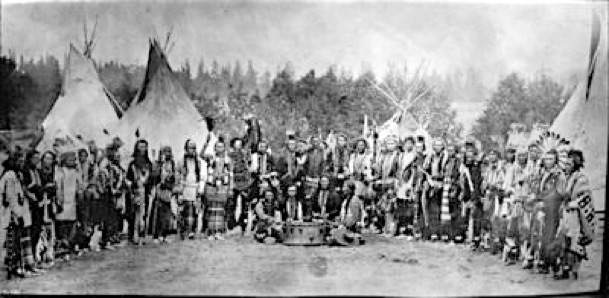
The first settlers, John Harvey and Edward A. Clark, made their land claims on Lake Washington’s shores on April 10, 1852. Clark and Harvey constructed their humble homesteads at the now Seward Park-Brighton Beach area, at the southern end of the lake. The men staked adjoining claims but shared a common cabin because of their meager wealth at the time. Needing to find work John Harvey, like most other pioneer men, worked for Henry Yesler's sawmill in the early years of his settlement.
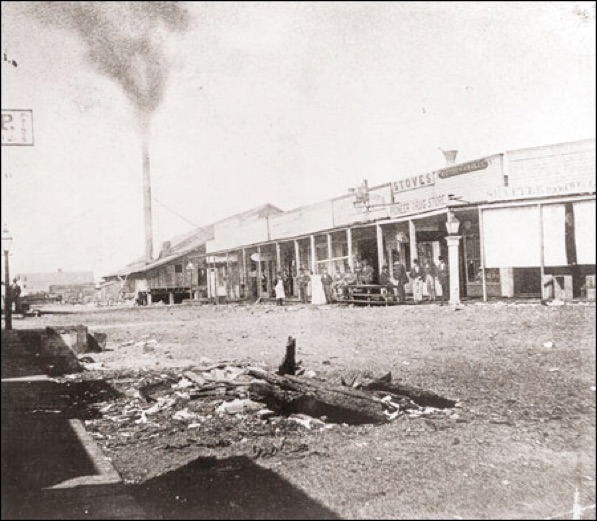
More settlers continued to arrive to the area and found rich, abundant timber all around them, so they started making plans to capitalize on their surroundings. Among the first to market this plentiful resource were the wealthy absentee landowners Philip Ritz, Marshall Blinn and Henry Webster.
Beginning in 1867, the men acquired large properties along the lakes waterfront and logging became a big business on the lake, and continued throughout the last quarter of the 19th century. Meydenbauer Bay was a prime collection area for floating logs, and it was even told that you could walk across the bay on the sedentary floating timber.

There were several logging operations near the lake. Kenmore, Bellevue at Mercer Slough, Wilburton, Lake Forest Park, and what is now known as Inglewood Golf Course were just a few. Clyde Chittendon purchased 740 acres between NE 115th and 145th Streets, built a logging camp, and used the lake to tow his felled trees through a logging sluice where the Montlake Cut now exists.
Railroads being constructed around the lake during the Nineteenth Century, led to the construction of mills to process the increasing demand for lumber. Prior to the railroad being built in 1887, there were few saw mills on the shores of Lake Washington. The first of many to come was Henry Yesler’s Mill (shown above) built on a swamp, but now known as the University Village Shopping Center; the Maple Leaf Shingle Company Mill, just north of Sandpoint, and in the early 1900’s a mill was erected in Kenmore.
On November 26, 1888 a man named J. Sam Brown acquired a plot of land just south of Leschi, and soon thereafter sold the title to the Lake Washington Mill Company. The mill was located just on the shore bordering Lakeside Avenue.

The company, owned and operated by W.J.Kendall and Jas F. McElroy, specialized in supplying, rough lumber, finishing lumber, turned wood work, lath, and shingles to local and outlining areas with the help of the railroads.

In October of 1911 the Mill Company was in arbitration with a J.F. Bleakley over the rights to tidal lands just east of the high water mark. Bleakley argued that the newly appraised tidal land in front of the Mill was legally his to purchase before the Mills’, stating that the Mill was part of the high water mark and not part of the “upland”, and therefore not allowed preferential right to purchase said tidal land. The law read though, that after the appraisal of land, the property owner that abuts the newly appraised land has 60 days to decide to purchase the tidelands. The Mill won the arbitration, and purchased the land.
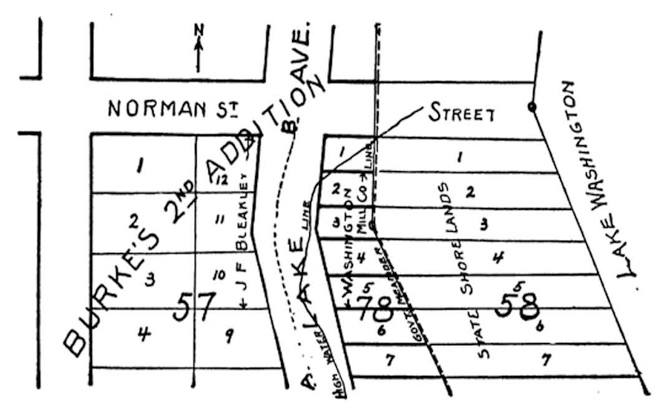
With good luck also seems to come the bad for the Mill Company. On May 22, 1909, after the workers had gone home, a fire ignited and nearly the whole plant, valued at $12,000, was destroyed. At that time there were no fire hydrants and the engines could not reach the lakefront, so it was left to burn itself out. Taking a huge amount of effort, time and money, the mill was rebuilt only to suffer the same fate, once again, on May 10th 1911. This time the loss was more substantial, $18,000 in damages. Once again, not giving in, the mill was arduously reconstructed. But bad luck was tainting the stigmatized mill. One year later the mill, once again, burned, but this time only $3,000 in damages was reported.
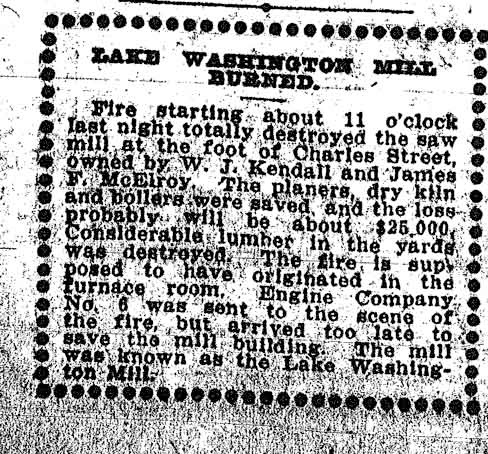
It was written that the Lake Washington Mill Company stayed in business until after the war, until it was burned down for the last time. It was also reported that the sawdust from the lumber trimmings, that were systematically dumped in large piles would catch fire every summer long after the mill was gone. The fire would continue to burn underground, and every summer, like clockwork, the Fire Department would make a trip to the old familiar mill site to spray water on the area.
The Lake Washington Mill Company and other mills of the area left almost none of the original timber around the lake, but loggers did leave two ancient Douglas fir trees at Denny Park in Holmes Point, one of which is probably the largest Douglas fir in the Seattle area. This majestic ancient is 26 feet in circumference, 254 feet high and 570 years old.
When diving this site, if you go parallel to shore heading south, you can’t help but run into a “wall” of wood about 15 feet tall. This wall extends for hundreds of yards east towards the middle of the lake. Once you go to the top of the plateau it is a plantation of wood scraps as far as the eye can see. Large beams, pilings and other building structure litter the man made bottom. Large schools of Bass swim around you guarding their undisturbed property. The shallowest depth at the top of the wooden plateau is about 8 feet, and at this point you are at the end of lakefront property owners’ docks. This site is HUGE. Many, many hundreds of square yards are waiting to be explored.
article courtesy Seattle Times
flyer courtesy Seattle-Leschi/Wade Vaughn 2nd Ed.
Other photos courtesy UW Archives
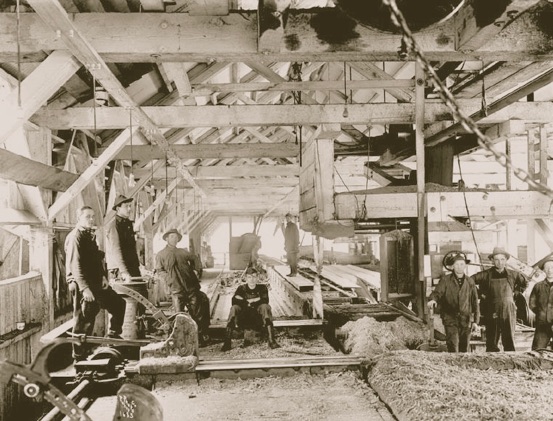




-Home